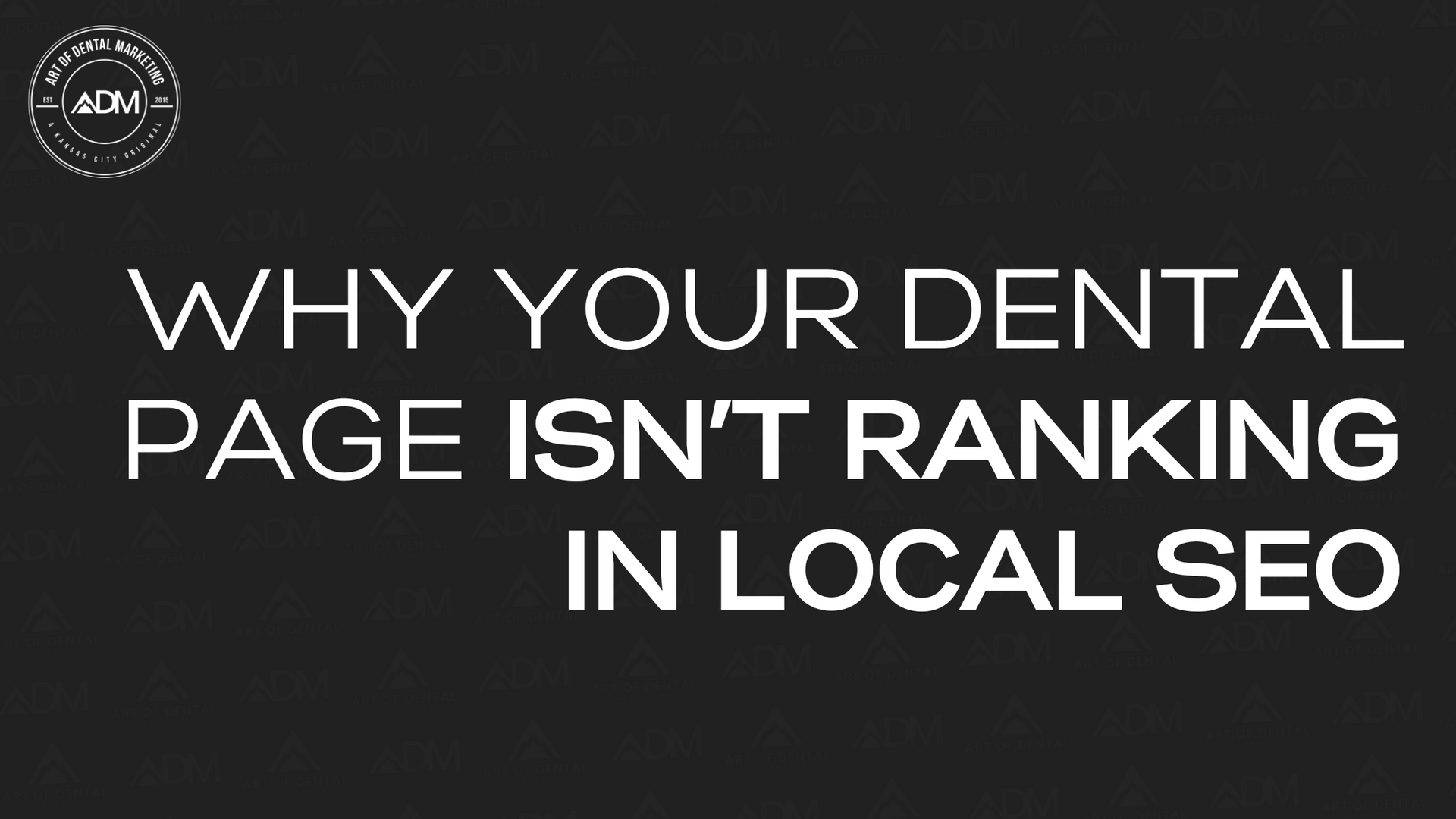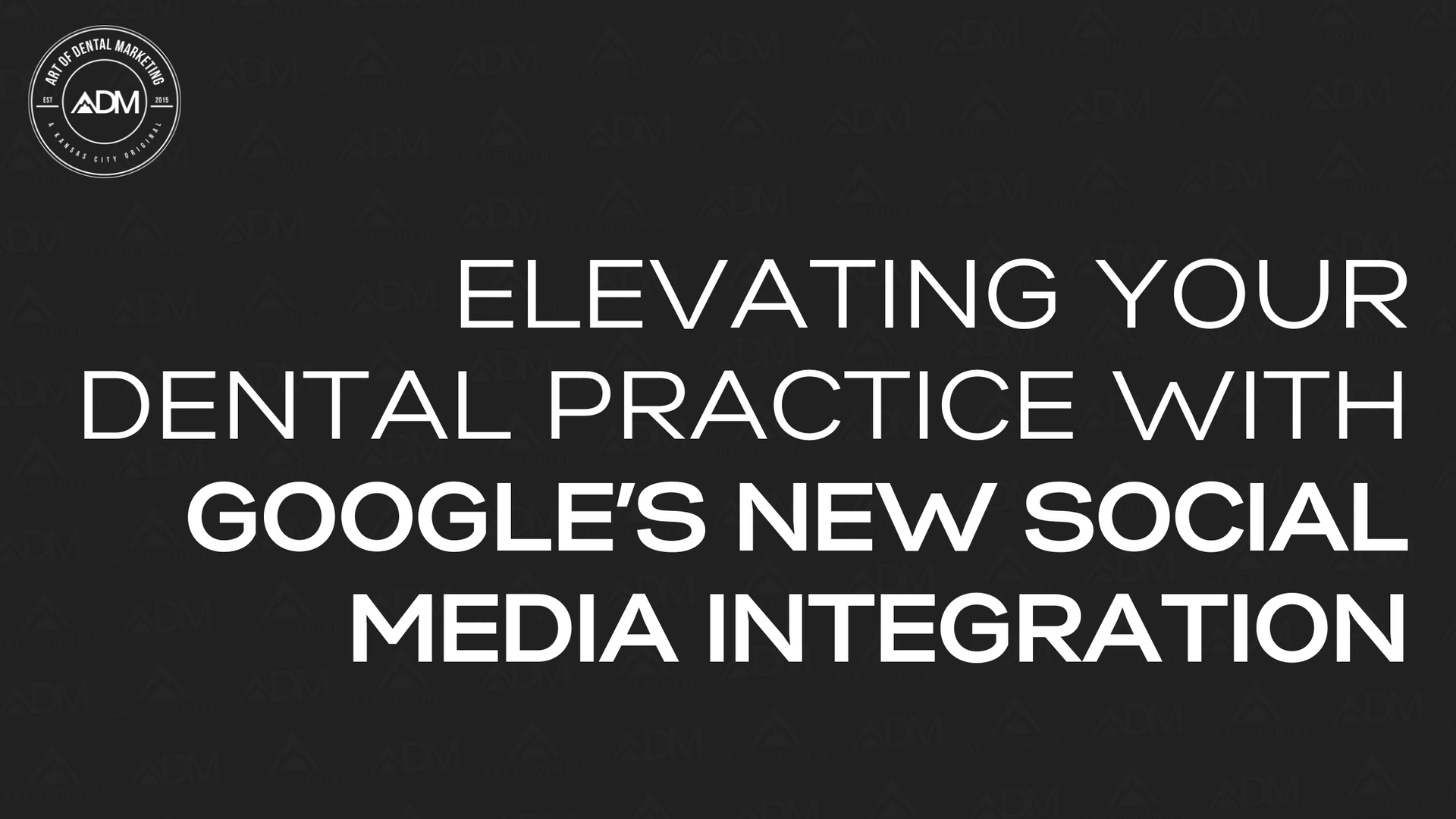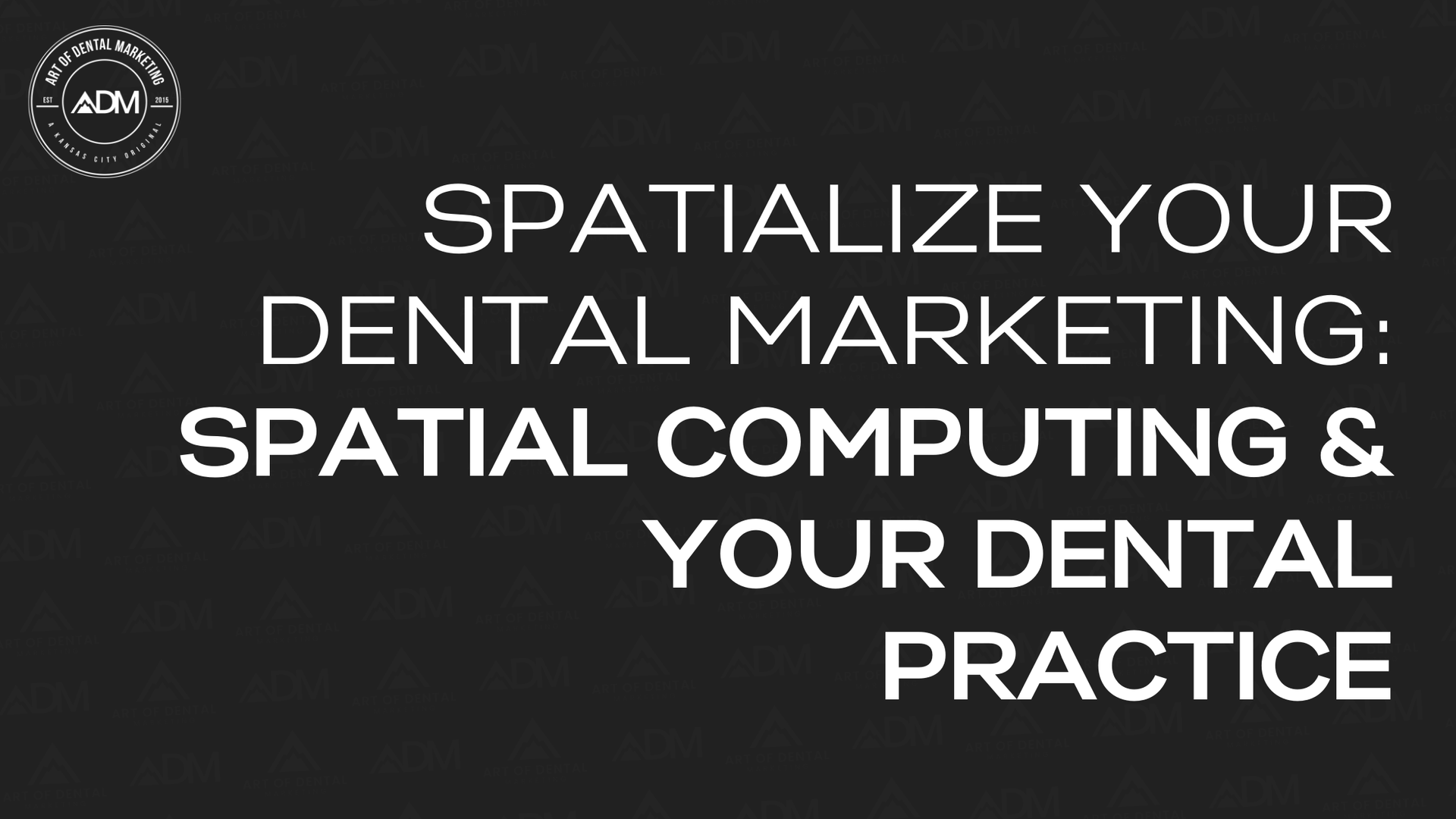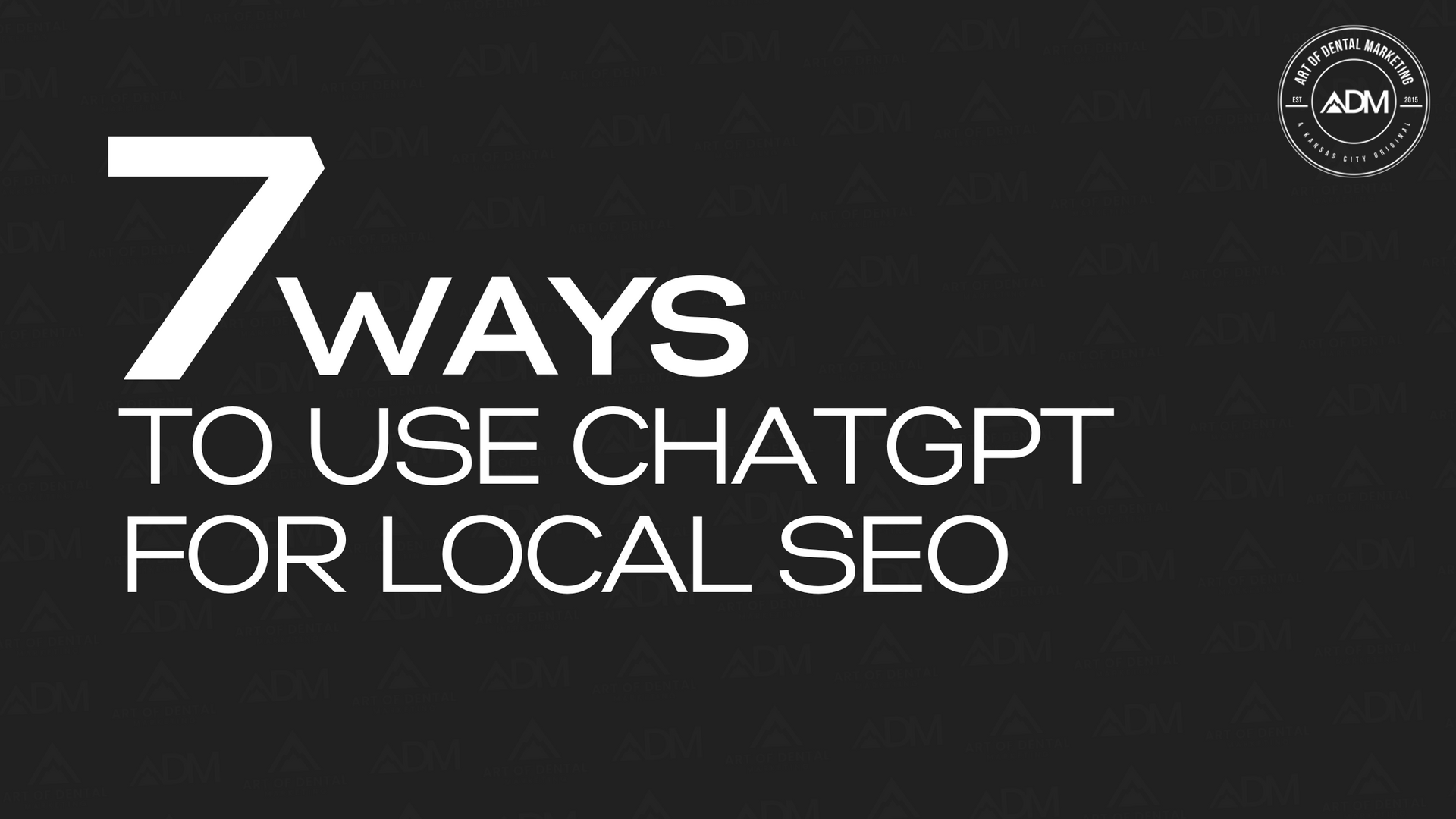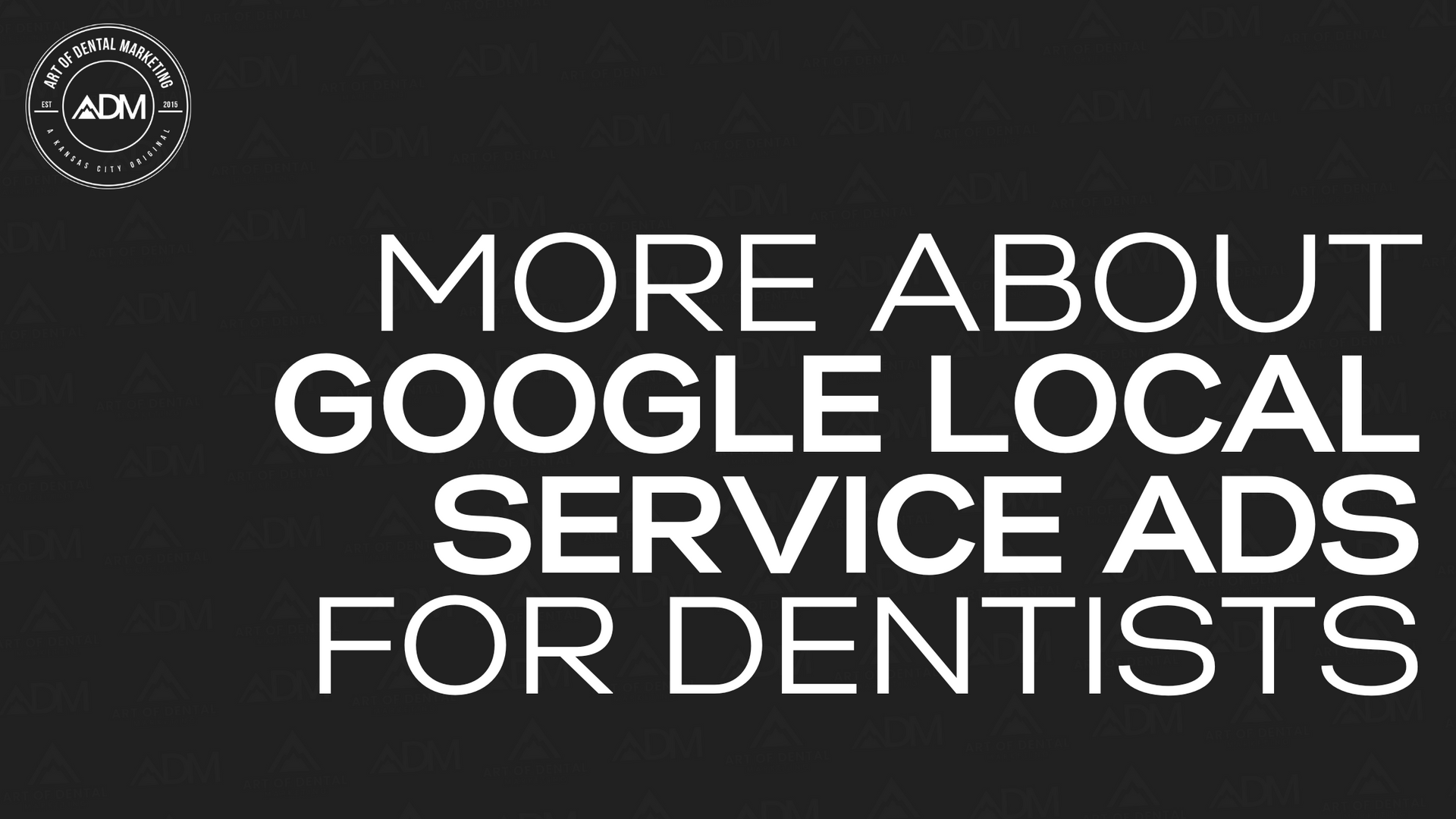CALL US TODAY: (913) 404-6200
Each day, more and more consumers use a mobile device to search. Primarily using Google. In the past, the Google algorithm would crawl the desktop version of your site before evaluating the relevancy to the end-user. This began to cause issues as mobile pages would often have less content. To resolve this issue, Google has begun indexing mobile websites first.
TEST YOUR WEBSITE'S SPEED NOW!
Enter mobile-first indexing. Mobile-first does not mean mobile-only. Your desktop site will site factor in (for those who don't have a mobile or responsive site). Not having a mobile experience will negatively impact the ranking of your site. SEO. Conversion rates. And much more.
In the past, the desktop version of your site was considered the main version with your mobile site being a by-product. With responsive design, your desktop and mobile sites should be fairly identical. This is good news because, for now, it may not have a profound impact on your ranking.
Even with a responsive website, you need to focus on page speed and load time. Mobile search continues to grow year over year. Did you know that statistically, most users will abandon (bounce) from a mobile site if it doesn't load in 3 seconds? Currently, the average mobile site takes 15 seconds to load. You can see the dilemma.
Slow websites kill your organic SEO because they adversely affect your conversion and bounce rates. Google, in its ongoing quest for relevancy in search results, takes into account how users interact with your page. Are they viewing your homepage and leaving (bouncing)? If so, it's hurting the practice.
Your conversion rates drop 7% for every second your website takes to load. That means if you're spending thousands on paid search in AdWords or Facebook, and your website is slow, you could be wasting money reaching traffic that never sees your website because the user isn't going to wait for it to load. What a bummer!
As we push into the future, mobile web usage is going to continue to skyrocket. Google updates their algorithm hundreds of times every year. It's important to stay ahead of the curve as much as you possibly can. Here is how you can prepare best for the future:
If you have a responsive site, and the content matches the content on your desktop site, you need to focus on page speed, user experience, and load time.
If you have a Google AMP site or a separate mobile site, you need to ensure your mobile version has the same content that the desktop site does. This could be a lot of work, so be prepared. As far as Google AMP, I always warn dentists that, while this is a viable "quick-fix" you must realize that Google AMP is a separate instance of your site that is hosted by Google.
Should Google ever decide to do away with AMP, as they have with Google +, you will be back to square one. It's much more advantageous to build an optimized site with page speed and user experience already factored in and controlled by your existing URL structure.
You could be losing money—BIG TIME—by missing out on opportunities to convert site visitors to patients. If your website is too slow, it’s costing you money. If your website is costing you money, it’s not good for business. You need to maximize the ROI on your marketing dollars.
We can help you do that, with a beautiful practice website that has ultra-fast page speed and lots of value to your prospects. Let’s talk about how we can turn your website into a significant income-producing engine.
Share
Tweet
Share
Mail
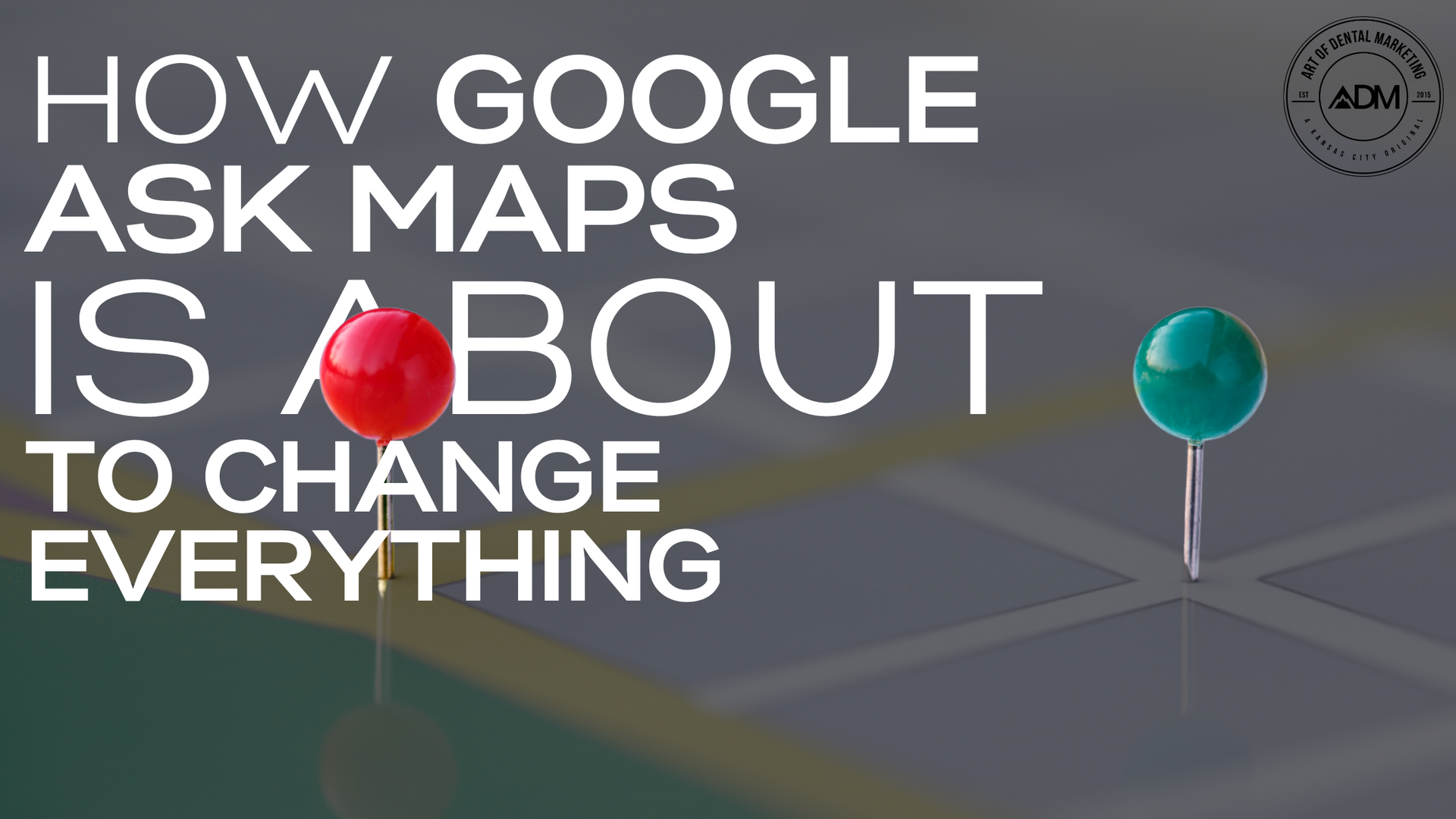
By Sean Hamel
•
January 23, 2025
Google’s new Ask Maps feature is a game changer for dental practices. As the AI-powered replacement for the outdated Google Q&A tool, Ask Maps allows patients to ask specific questions about your practice and receive instant, accurate responses. This isn’t just an update, it’s an opportunity for dentists to connect with more patients and build trust in a highly competitive market. What Is Ask Maps? Ask Maps is a feature in Google Maps that uses artificial intelligence to provide answers based on trusted data. It pulls information from your Google Business Profile, reviews, website, and other reliable sources to respond to user questions. Examples of what patients might ask include: Do they offer Invisalign? How do I book an appointment? What do their reviews say about their cosmetic dentistry services? The AI responds with detailed, accurate answers tailored to your practice, eliminating outdated user-generated responses. Why Dentists Should Care About Ask Maps Patients often decide on a provider based on the information they find online. Ask Maps ensures they receive accurate, engaging answers about your services, helping you stand out from the competition. An optimized presence on Ask Maps can result in higher trust, increased patient inquiries, and more appointments booked. How Ask Maps Works Ask Maps gathers data from: Google Business Profile : Details like your services, operating hours, and photos. Reviews : Google reviews and those from third-party platforms. Your Website : Key content about your practice, team, and services. Social Media : Profiles such as Facebook and LinkedIn are also considered if other data sources are insufficient. If your online presence isn’t robust, Ask Maps may fail to provide answers, potentially costing you opportunities. How to Maximize Your Practice’s Presence on Ask Maps Here are actionable steps you can take to optimize your online presence: 1. Optimize Your Google Business Profile Ensure all practice information is accurate, including hours, services, and contact details. Regularly update high-quality photos of your office, team, and equipment. 2. Enhance Your Website Provide detailed answers to common patient questions like “What does a root canal involve?” or “How do I know if I need braces?” Include professional images, videos, and clear calls to action to improve engagement. 3. Encourage Reviews Ask satisfied patients to leave Google reviews. Respond to all reviews (positive or negative) to show professionalism and care. 4. Maintain Social Media Profiles Keep platforms like Facebook and LinkedIn updated with accurate and consistent information. Use these channels to share patient success stories, team introductions, and practice updates. 5. Regularly Update Photos Upload fresh, high-quality images to your Google Business Profile and website to maintain relevance and engagement. Why Story-Based Marketing is the Key to Success At The Art of Dental Marketing, we understand that facts alone don’t drive patient decisions, stories do. That’s why we developed the StoryBuilt™ Engine , which combines advanced SEO with story-based marketing to help your practice connect emotionally with patients while ranking higher in search results. SEO That Converts : Our strategies ensure that patients find your practice when they search for services in your area. Story-Based Content That Resonates : Patients want to feel understood. By using stories, we help you build trust and loyalty with your audience. Story-based marketing enhances how tools like Ask Maps present your practice, ensuring your message is emotionally compelling and highly visible. Take the Next Step Ask Maps is just the beginning of AI’s impact on patient engagement. Ensure your practice is positioned for success by leveraging this new tool alongside proven marketing strategies. Schedule a call with our CEO, Sean, today to learn how we can optimize your online presence, attract more patients, and help your practice thrive. Let’s tell your story and grow your practice together.

January 22, 2025
Website migration is a critical step for dental practices looking to switch marketing providers or improve their online presence. However, a poorly executed migration can lead to lost search engine rankings, reduced traffic, and patient confusion. Most dentists want better marketing without the hassle of building a new website. By understanding the key aspects of website migration, you can guide your marketing team to protect your online visibility and ensure a smooth transition. Why Website Migration Matters for Dentists A website migration involves moving your website to a new provider, hosting platform, or content management system. This process often comes with goals like improving site speed, security, or user experience. While these improvements are valuable, mishandling the migration process can cause significant issues. When search engines can’t find your pages due to broken links or missing redirects, your rankings drop. This makes it harder for patients to find you online. Traffic decreases, and potential patients may visit competitors instead. Revenue can be affected if these issues persist. What to Ask Your Marketing Team Before Migrating To safeguard your practice during a website migration, it’s essential to ask your marketing team key questions: Are you backing up the current website? A full backup of all content, images, and settings ensures nothing is permanently lost if issues arise during migration. Will you implement 301 redirects? Redirects are crucial for maintaining your search engine rankings. They ensure patients and search engines are directed to the correct pages on the new site. Are you auditing the current site’s content and performance? Identify high-value pages with the most traffic, backlinks, or conversions. These pages need special attention to protect their rankings and visibility. How will you protect SEO elements? Your marketing team should carefully review and update metadata, internal links, and header tags to preserve your search engine performance. Is there a testing process before launch? A staging environment allows your marketers to check for broken links, missing content, and technical issues before the new site goes live. Common Pitfalls to Avoid During Migration Mistakes during migration can harm your online presence. Broken links frustrate visitors and lead to lost traffic. Missing pages cause confusion for patients and damage your credibility. Slow load times hurt your user experience and can negatively impact your search engine rankings. Introducing BYOW: Bring Your Own Website At The Art of Dental Marketing, we understand that dentists want better marketing without starting from scratch. That’s why we offer BYOW... Bring Your Own Website. You can come to ADM with your existing website and still take full advantage of our Storybuilt™ Marketing Engine. Our process is designed to make transitions seamless. We protect your SEO, handle the technical details, and transform your website into a powerful marketing tool that creates emotional connections with patients and drives real growth for your practice. How The Art of Dental Marketing Can Help Unlike other agencies, we don’t require you to build a new website to work with us. Our team ensures your SEO is protected during the migration, handles the technical aspects, and makes the process quick and stress-free. With our Storybuilt™ Marketing Engine, we amplify your website’s impact, making it a tool for meaningful patient engagement and practice growth. How to Move Forward If you’re considering switching marketing providers but want to avoid the hassle of building a new website, The Art of Dental Marketing is here to help. With BYOW, you bring what you’ve got, and we’ll handle the rest. Contact us today to learn how we can make your website transition easy and effective. Protect your practice’s online presence and keep attracting patients with a seamless migration.
Start today!
Call us at (913) 404-6200
© 2025 Art of Dental Marketing. All Rights Reserved | An Art of Dental Marketing Website | Privacy Policy | Terms & Conditions
